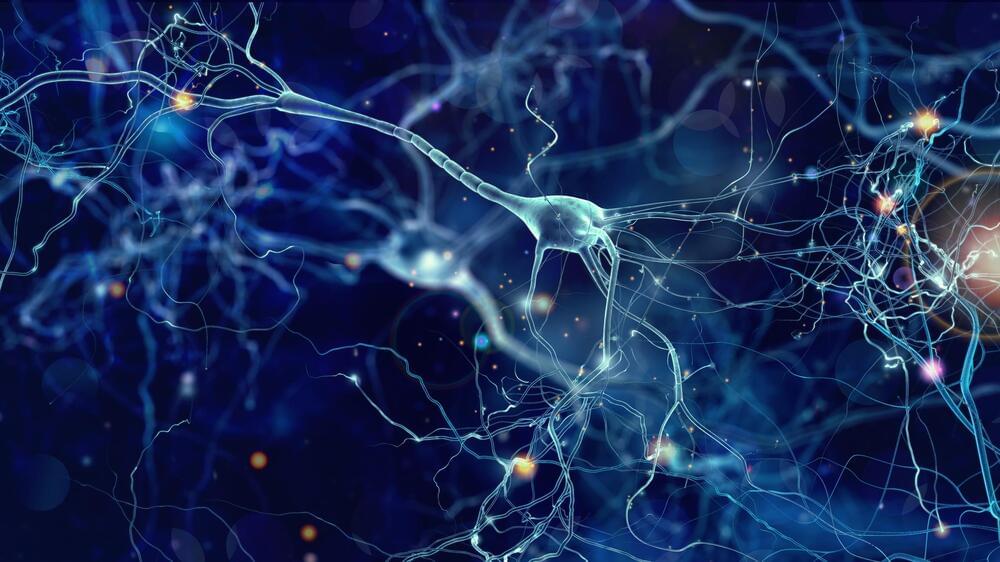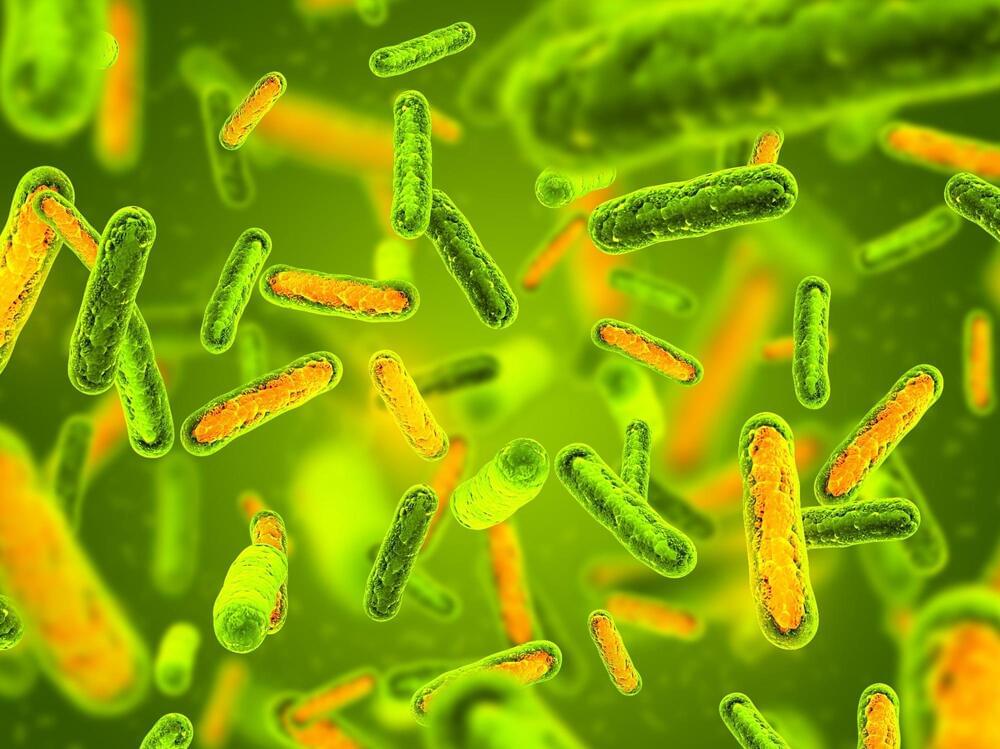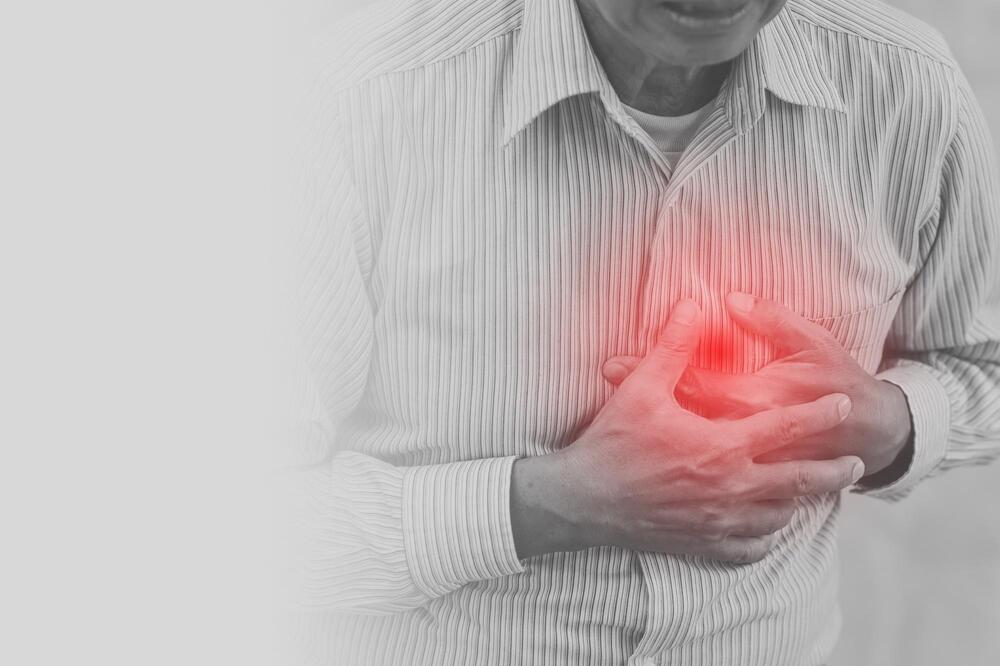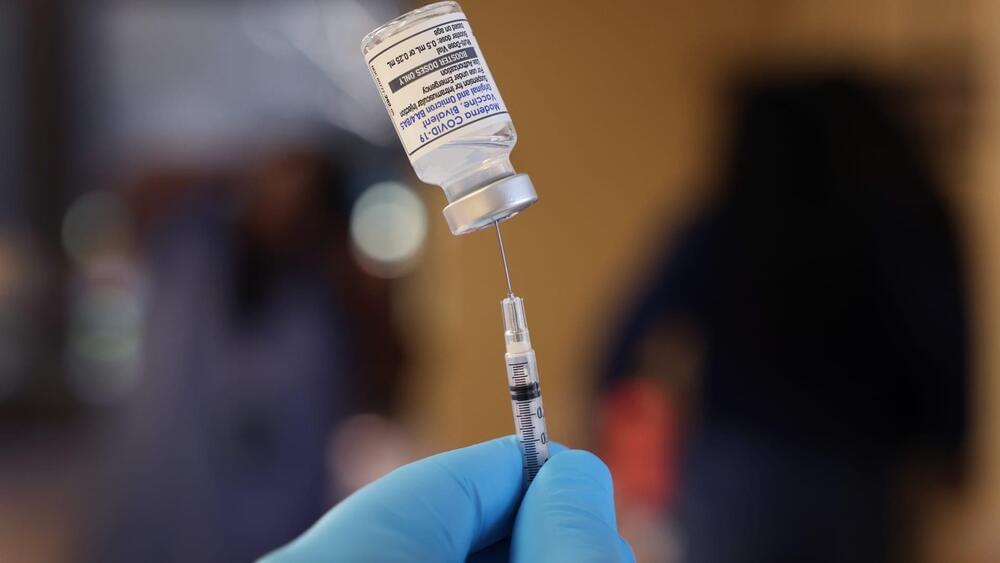Scientists have discovered a new type of brain cell that promises to shake up the field of neuroscience.
The discovery brings an end to a decades-old controversy and may pave the way for new targeted treatments for a range of health conditions.

Andreessen Horowitz General Partner Vijay Pande, who oversees the firm’s health and bio fund, joins Bloomberg’s Ed Ludlow to discuss his AI strategy, and how generative AI can help safely engineer medicines at scale, support doctors and patients, and drive greater efficiency and better outcomes.
——-
Like this video? Subscribe to Bloomberg Technology on YouTube:
https://www.youtube.com/channel/UCrM7B7SL_g1edFOnmj-SDKg.
Watch the latest full episodes of “Bloomberg Technology” with Caroline Hyde and Ed Ludlow here: https://tinyurl.com/ycyevxda.
Get the latest in tech from Silicon Valley and around the world here:
https://www.bloomberg.com/technology.
Connect with us on… Twitter: https://twitter.com/technology Facebook: https://www.facebook.com/BloombergTec… https://www.instagram.com/bloombergbu…
Twitter: https://twitter.com/technology.
Facebook: https://www.facebook.com/BloombergTechnology.
Instagram: https://www.instagram.com/bloombergbusiness/

The hyperactivity disorder, usually referred to as ADHD, is an independent risk factor for several common and serious mental health issues, finds research published in the open access journal BMJ Mental Health.
It is associated with major depression, post traumatic stress disorder, the eating disorder anorexia nervosa, and suicide attempts, the findings show, prompting the researchers to recommend vigilance by health professionals in a bid to ward off these disorders later on.
Attention-deficit/hyperactivity disorder (ADHD) is a neurodevelopmental condition in children and teens that extends into adulthood in up to around two thirds of cases. Worldwide, its prevalence is estimated to be around 5% in children/teens and 2.5% in adults.
Join us on Patreon! https://www.patreon.com/MichaelLustgartenPhD
Discount Links:
Oral Microbiome: https://www.bristlehealth.com/?ref=michaellustgarten.
Enter Code: ConquerAging.
At-Home Metabolomics: https://www.iollo.com?ref=michael-lustgarten.
Use Code: CONQUERAGING At Checkout.
NAD+ Quantification: https://www.jinfiniti.com/intracellular-nad-test/
Use Code: ConquerAging At Checkout.
Epigenetic Testing: https://trudiagnostic.com/?irclickid=U-s3Ii2r7xyIU-LSYLyQdQ6…M0&irgwc=1
Use Code: CONQUERAGING
At-Home Blood Testing (SiPhox Health): https://getquantify.io/mlustgarten.

A new blood-based diagnostic test could be a major advancement for the treatment of Parkinson’s, a disease that afflicts 10 million people worldwide and is the second-most common neurodegenerative disease after Alzheimer’s.
Building on the knowledge that mitochondrial dysfunction plays a prominent role in the pathogenesis of Parkinson’s a team of researchers, led by neuroscientists at Duke Health, have developed an assay that enables the accurate, real-time quantification of mitochondrial DNA damage in a scalable platform [1]. The results of the study, which received support in part from The Michael J Fox Foundation for Parkinson’s Research, have been published in the journal Science Translational Medicine.
“Currently, Parkinson’s disease is diagnosed largely based on clinical symptoms after significant neurological damage has already occurred,” said senior author Laurie Sanders, PhD, an associate professor in Duke School of Medicine’s departments of Neurology and Pathology and member of the Duke Center for Neurodegeneration and Neurotherapeutics.

The study reveals a strong association between gut microbial carbohydrate metabolism and insulin resistance, pointing to gut microbes as a key player in metabolic syndrome and type 2 diabetes. Targeting these microbial activities could offer a new therapeutic pathway for improving insulin resistance and overall metabolic health.

The complexity and rise of data in healthcare means that artificial intelligence (AI) will increasingly be applied within the field. Several types of AI are already being employed by payers and providers of care, and life sciences companies. The key categories of applications involve diagnosis and treatment recommendations, patient engagement and adherence, and administrative activities. Although there are many instances in which AI can perform healthcare tasks as well or better than humans, implementation factors will prevent large-scale automation of healthcare professional jobs for a considerable period. Ethical issues in the application of AI to healthcare are also discussed.
KEYWORDS: Artificial intelligence, clinical decision support, electronic health record systems.
Artificial intelligence (AI) and related technologies are increasingly prevalent in business and society, and are beginning to be applied to healthcare. These technologies have the potential to transform many aspects of patient care, as well as administrative processes within provider, payer and pharmaceutical organisations.

A new study in Lancet Digital Health identifies early warning symptoms like chest pain and dyspnea that are moderately associated with imminent sudden cardiac arrest. The research suggests that future digital technologies could combine these symptoms with biometric data to more precisely predict and potentially prevent these life-threatening events.

The drugmakers designed their updated vaccines to target the omicron subvariant XBB.1.5, which is slowly declining nationwide. But health experts and initial data suggest that the new shots will still be effective against Eris, or EG.5, and other widely circulating variants – all of which are descendants of omicron.
“I think that these vaccines will provide very substantial protection against EG.5. Maybe just a little bit of loss, but it’s nothing that I’m very concerned about,” Dr. Mark Mulligan, director of the NYU Langone Vaccine Center, told CNBC. “It looks like we’re going to be OK.”
All three companies are still waiting for the Food and Drug Administration to approve their vaccines, meaning those jabs won’t be available to the public for a month or so. The Centers for Disease Control and Prevention also has to decide which Americans should get the shots and how often.
Join us on Patreon! https://www.patreon.com/MichaelLustgartenPhD
Discount Links:
At-Home Metabolomics: https://www.iollo.com?ref=michael-lustgarten.
Use Code: CONQUERAGING At Checkout.
NAD+ Quantification: https://www.jinfiniti.com/intracellular-nad-test/
Use Code: ConquerAging At Checkout.
Epigenetic Testing: https://trudiagnostic.com/?irclickid=U-s3Ii2r7xyIU-LSYLyQdQ6…M0&irgwc=1
Use Code: CONQUERAGING
Oral Microbiome: https://www.bristlehealth.com/?ref=michaellustgarten.
Enter Code: ConquerAging.
At-Home Blood Testing (SiPhox Health): https://getquantify.io/mlustgarten.